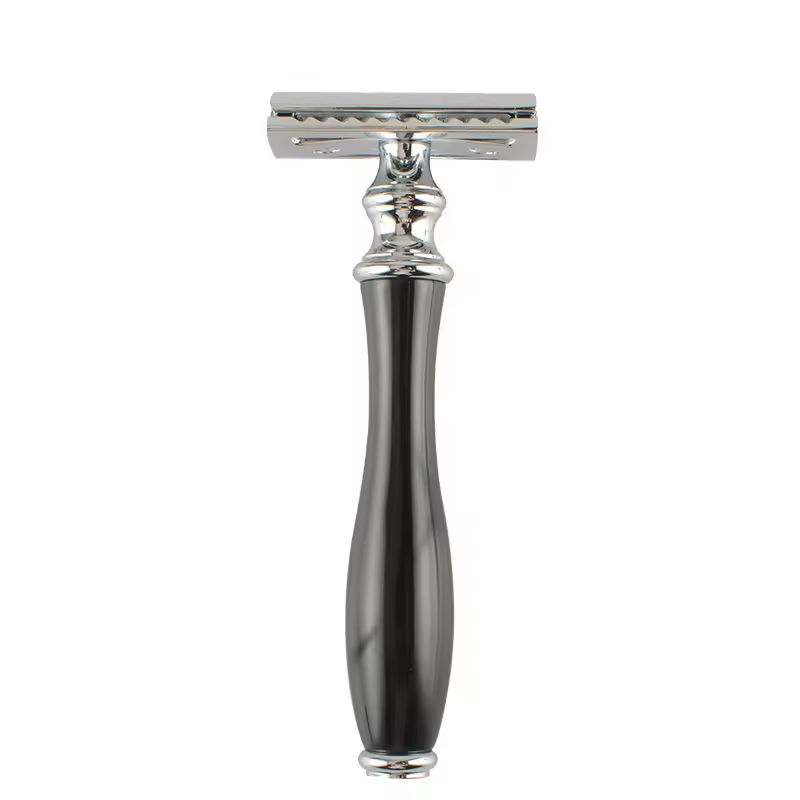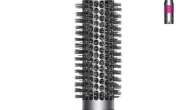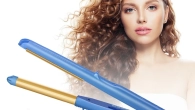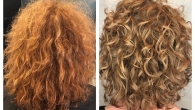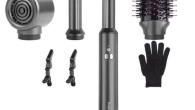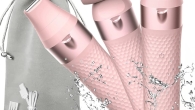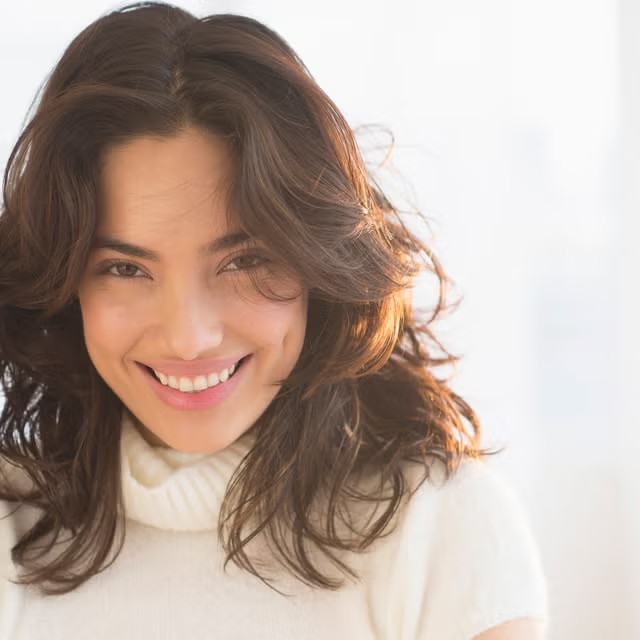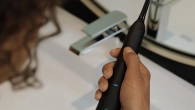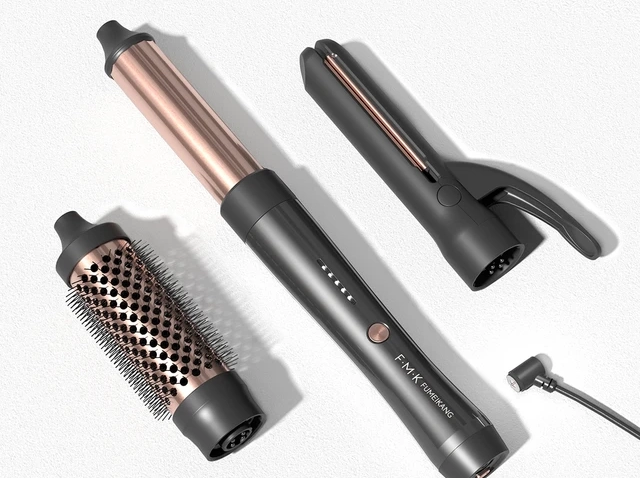
How to Curl Hair Without a Curler: The Best Heat-Free Methods
Introduction:
Curling hair without a curler is a great way to achieve beautiful waves and curls while avoiding heat damage. There are numerous techniques that you can use depending on your hair type and the style you want to achieve. This comprehensive guide covers various heat-free methods for curling hair, along with step-by-step instructions, tips for lasting curls, and hair care advice to maintain healthy hair. By using these methods, you can enjoy stunning curls without the need for traditional curling tools.
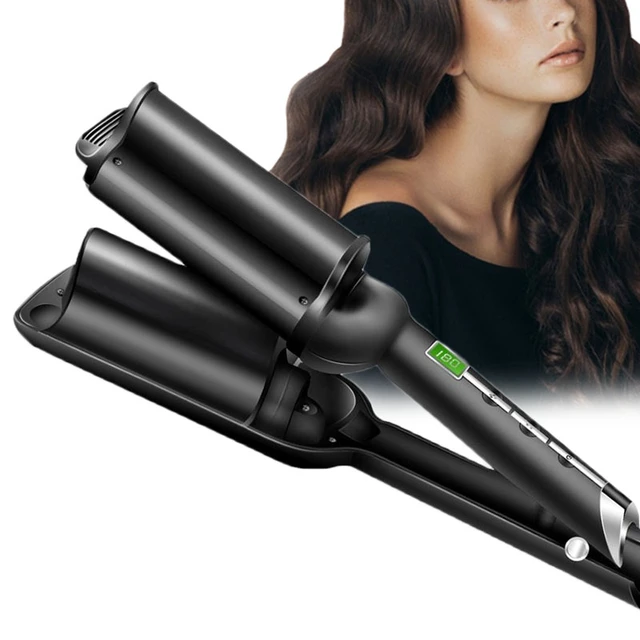
How to Curl Hair Without a Curler:
What Are the Best Heat-Free Methods?
Preparation:
How Should You Prepare Your Hair for Heat-Free Curling Methods?
Proper preparation sets the stage for successful heat-free curling, ensuring that your curls look defined and last longer.
Clean and Damp Hair:
Optimal Hair Condition:
Wash and Condition: Start with clean, freshly washed hair. Use a lightweight conditioner to avoid weighing down your hair, which can affect the curling process.
Damp Hair: For most heat-free curling methods, it is best to start with damp hair. Your hair should be about 70-80% dry to ensure it holds the curl effectively without being saturated.
Product Application:
Enhancing Curl Hold:
Curl Enhancer: Apply a curl-enhancing mousse or styling cream to damp hair. These products add texture and hold, making it easier for your hair to form and maintain curls.
Heat Protectant: Even though you’re not using heat, applying a heat protectant can provide additional hold and protect your hair from environmental damage.
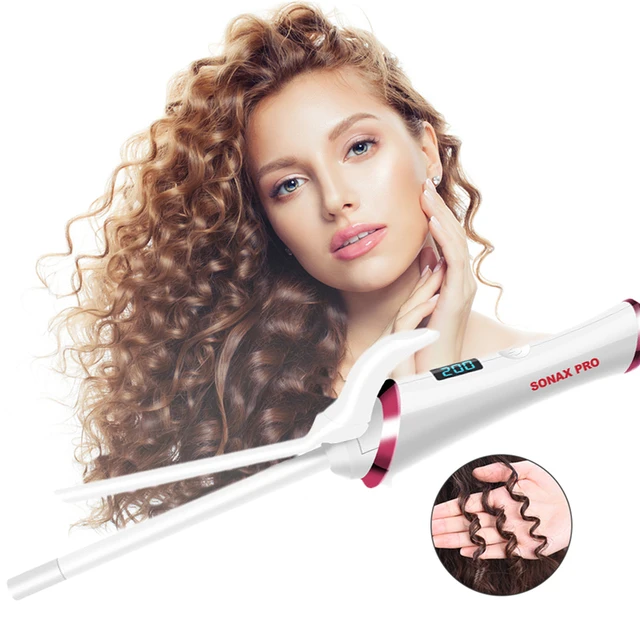 Braiding:
Braiding:
How Can Braids Be Used to Create Curls?
Braiding is a simple and effective method for creating natural-looking waves and curls without heat.
Single Braid:
Natural Waves:
Loose Braid: For loose, natural waves, create a single braid with slightly damp hair. Start by parting your hair down the middle and braid all the way to the end, securing with an elastic band.
Overnight Method: Leave the braid in overnight or for several hours until your hair is completely dry. Release the braid gently and tousle with your fingers to achieve effortless waves.
Multiple Braids:
Tighter Curls:
Sectioning: For tighter curls, divide your hair into multiple sections. The more sections you create, the tighter the curls will be. Braid each section individually, securing the ends with small elastic bands.
Fuller Curls: Leave the braids in overnight or for an extended period. When you release the braids, you’ll have fuller, more defined curls. Use a light hairspray to set the curls and prevent frizz.
Twisting:
How Does Twisting Hair Create Curls?
Twisting is another effective technique for creating curls and waves without using any heat.
Two-Strand Twist:
Defined Curls:
Section Hair: Divide your damp hair into sections, the size of which depends on how tight you want your curls. For more defined curls, use smaller sections.
Twist Each Section: Take a section and divide it into two strands. Twist the strands around each other tightly from root to tip, securing the end with an elastic band or a small clip.
Overnight Twists: Allow the twists to dry completely, preferably overnight. Once dry, gently unravel the twists and separate the curls with your fingers for a defined, voluminous look.
Bantu Knots:
Voluminous Curls:
Creating Knots: For Bantu knots, divide your hair into several sections. Twist each section tightly and wrap it around itself to form a small bun or knot. Secure the knot with a bobby pin or elastic.
Dry and Unravel: Leave the knots in for several hours or overnight until your hair is completely dry. Carefully unravel each knot to reveal bouncy, voluminous curls. Separate and fluff the curls with your fingers for a fuller look.
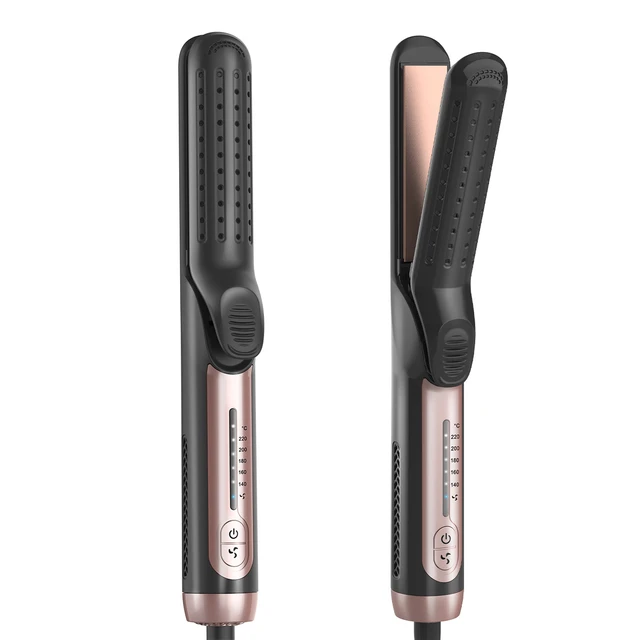 Using Rollers:
Using Rollers:
How Can You Use Rollers to Curl Hair Without Heat?
Using rollers is a traditional yet effective heat-free curling method that provides long-lasting results.
Foam Rollers:
Soft and Comfortable:
Choosing Rollers: Select foam rollers of the desired size. The size of the roller will determine the tightness of the curl, with smaller rollers creating tighter curls and larger rollers creating looser waves.
Rolling Technique: Starting with damp hair, take small sections and roll the hair around the foam rollers, securing with the built-in clip or pin. Ensure the rollers are snug to the scalp for uniform curls.
Overnight Set: Foam rollers are comfortable to sleep in, so leave them in overnight for the best results. In the morning, gently remove the rollers and separate the curls with your fingers.
Flexi Rods:
Versatile and Effective:
Applying Rods: Flexi rods are another excellent option for heat-free curls. Take small sections of damp hair and wrap them around the flexi rod, bending the ends of the rod to secure the hair in place.
Complete Drying: Allow your hair to dry completely, either overnight or for several hours. Once dry, carefully unwind the hair from the flexi rods to reveal beautiful, bouncy curls. Fluff and separate the curls with your fingers.
Using Tools and Accessories:
What Tools Can Aid in Heat-Free Curling?
Various tools and accessories can simplify the heat-free curling process and enhance results.
Headband Curls:
Simple and Stylish:
Positioning the Headband: Place a soft, stretchy headband around your head, over the top of your damp hair. The headband should sit comfortably, not too tight.
Wrapping Technique: Starting at the front, take small sections of hair and wrap them around the headband. Continue wrapping sections all the way around until all hair is tucked in.
Set and Remove: Leave the headband in overnight or until your hair is dry. Carefully remove the headband to reveal soft, romantic curls. Use your fingers to arrange and style the curls.
Pin Curls:
Classic Curling Method:
Forming Pin Curls: Divide your damp hair into small sections. Twist each section around your finger to form a loop and pin it flat against your scalp with a bobby pin or clip.
Setting the Curls: Leave the pin curls in place until your hair is completely dry. To expedite drying, you can cover the pin curls with a silk scarf. Once dry, remove the pins and gently separate the curls.
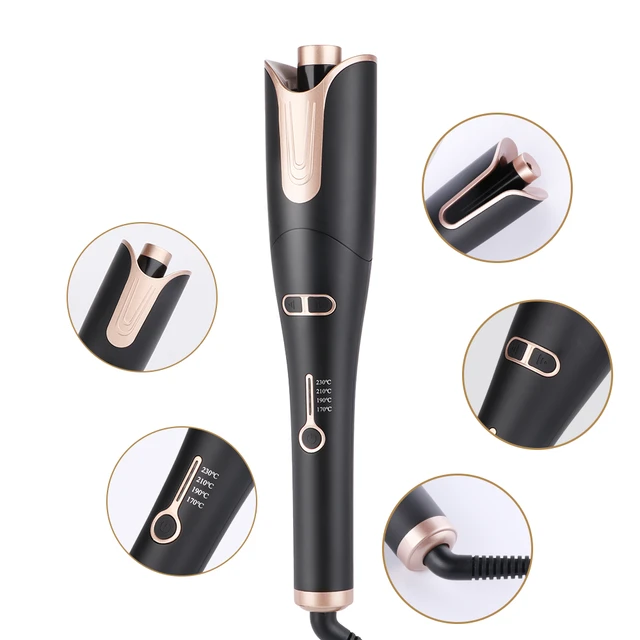 Maintaining Curls:
Maintaining Curls:
What Are the Best Practices to Ensure Your Heat-Free Curls Last?
To make your heat-free curls last longer, it’s essential to follow post-curling care tips and use the right products.
Setting Products:
Locking in Curls:
Light Hairspray: After styling your curls, use a light hairspray to set them. Spray from a distance to avoid a crunchy texture and to keep your curls touchable.
Curl Holding Spray: Opt for a curl-holding spray formulated to enhance and maintain curls. These sprays provide a flexible hold that keeps curls bouncy and defined.
Frizz Control:
Smoothing Products:
Anti-Frizz Serum: Apply an anti-frizz serum to your curls after they have set. This helps manage flyaways and keeps your curls smooth and polished.
Humidity Defense: If you live in a humid climate, use a humidity defense spray to protect your curls from frizz and maintain their shape throughout the day.
Nighttime Care:
Preserving Curls:
Pineapple Method: Gather your curls into a loose ponytail at the top of your head using a soft scrunchie. This method, known as “the pineapple,” helps preserve curls overnight and prevents flattening.
Silk or Satin Pillowcase: Sleep on a silk or satin pillowcase to reduce friction and avoid frizz. These materials are gentler on your hair and help keep curls intact.
Refresh Curls:
Next-Day Styling:
Water Mist: For slightly flattened curls, mist your hair lightly with water to refresh them. Scrunch your hair to re-activate the curls, and use a light styling product if needed.
Curl Refresher Spray: A curl refresher spray can revitalize your curls between washes. These sprays add moisture and bounce, keeping your curls looking fresh and lively.
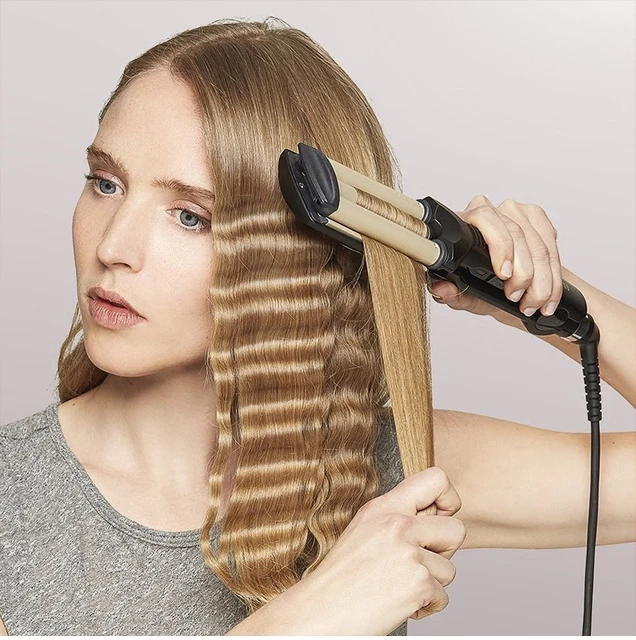 Considerations for Different Hair Types:
Considerations for Different Hair Types:
How Do Hair Type and Texture Influence Heat-Free Curling?
Tailoring your heat-free curling method to your specific hair type can improve results and make curls last longer.
Fine Hair:
Enhancing Volume:
Lightweight Products: Use lightweight styling products that add volume without weighing down fine hair. Avoid heavy creams and gels that can make your hair limp.
Smaller Sections: Divide your hair into smaller sections when curling. This helps create more defined curls and adds body to fine hair.
Thick Hair:
Managing Volume:
Moisture and Hold: Thick hair benefits from moisture-rich products that provide hold and definition. Use curl creams or mousses to enhance the texture and manage volume.
Secure Techniques: Choose curling methods that effectively secure thick hair, such as flexi rods or Bantu knots. These methods ensure that all sections of hair are curled uniformly.
Curly or Coily Hair:
Defining Natural Texture:
Co-Washing: Curly and coily hair types often benefit from co-washing (using conditioner instead of shampoo) to retain moisture and prevent frizz.
Curl Enhancers: Apply curl-enhancing products like gels or creams specifically designed for curly hair. These products help define the natural curl pattern and maintain shape.
Conclusion
Curling hair without a curler is both achievable and beneficial, offering beautiful, healthy curls without the risk of heat damage. Proper preparation, including starting with clean, damp hair and using the right products, sets the stage for successful heat-free curling. Various methods such as braiding, twisting, using rollers, and employing tools like headbands and pins cater to different hair types and desired curl styles. Post-curling care, including setting products, frizz control, and nighttime preservation, ensures that your curls last longer. Tailoring the curling technique to your specific hair type, whether fine, thick, or curly, can improve results and enhance the longevity of your curls. By following these detailed guidelines, you can enjoy stunning, heat-free curls with ease.




